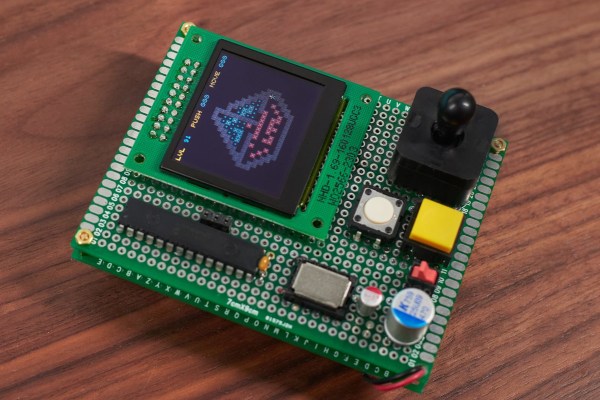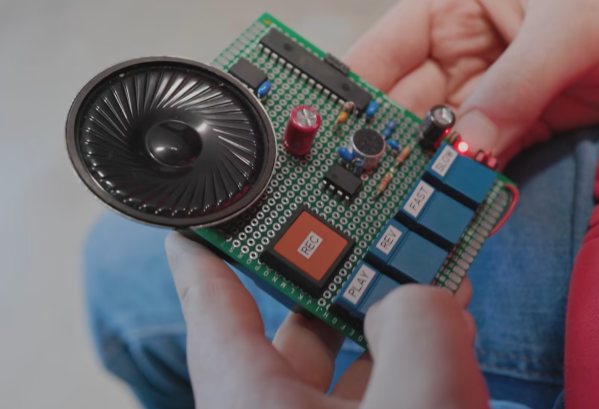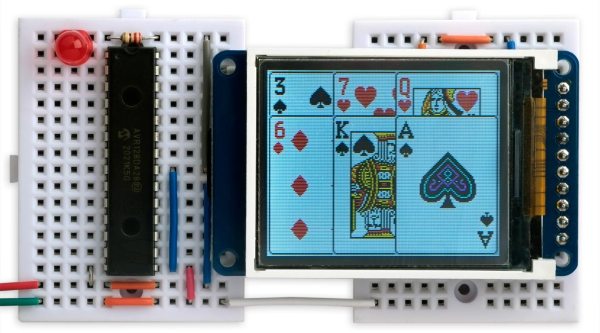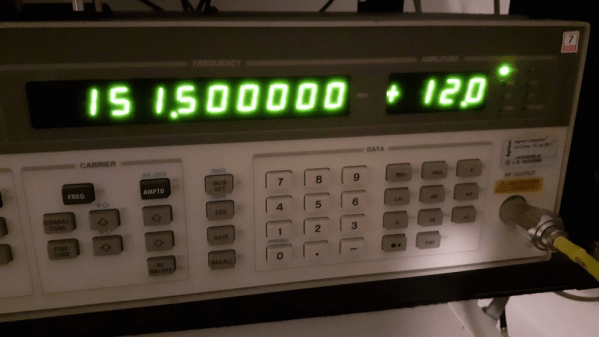Spoiler alert: almond butter isn’t phosphorescent. But powdered milk is, at least to the limit of detection of this homebrew phosphorescence detector.
Why spend a bunch of time and money on such a thing? The obvious answer is “Why not?”, but more specifically, when [lcamtuf]’s son took a shine (lol) to making phosphorescent compounds, it just seemed natural for dad to tag along in his own way. The basic concept of the detector is to build a light-tight test chamber that can be periodically and briefly flooded with UV light, charging up the putatively phosphorescent compounds within. A high-speed photodiode is then used to detect the afterglow, which can be quantified and displayed.
The analog end of the circuit was the far fussier end of the design, with a high-speed transimpedance amplifier to provide the needed current gain. Another scaling amp and a low-pass filter boosts and cleans up the signal for a 14-bit ADC. [lcamtuf] went to great lengths to make the front end as low-noise as possible, including ferrite beads and short leads to prevent picking up RF interference. The digital side has an AVR microcontroller that talks to the ADC and runs an LCD panel, plus switches the 340 nm LEDs on and off rapidly via a low gate capacitance MOSFET.
Unfortunately, not many things found randomly around the average home are all that phosphorescent. We’re not sure what [lcamtuf] tried other than the aforementioned foodstuffs, but we’d have thought something like table salt would do the trick, at least the iodized stuff. But no matter, the lessons learned along the way were worth the trip.

















